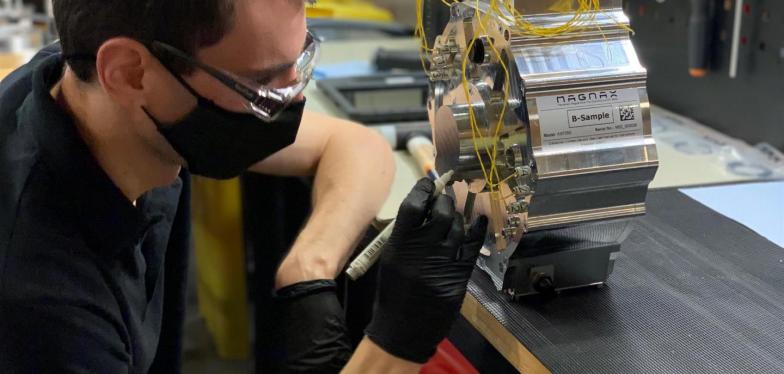400hp in e-engine no bigger than a turkey
Technology start-up Magnax in Kortrijk may be producing the electric engine of the future. The co-founders have confidence in it.

Most of the electric cars on the road today operate on the principle of radial flux. The magnetic field lines are perpendicular to the axis of the car, while those in an axial motor run parallel to it. The concept is not new – it has been around for at least a century. But it was unsuitable for mass production until a decade or so ago, when the technology resurfaced and began to gain traction.
In concrete terms, the next generation of e-engines will be more compact, lighter, stronger, cheaper, more energy-efficient and recyclable. The new prototype weighs barely 25kg and is no bigger than a turkey, but can produce 400hp. This makes it some three to four times more powerful than the top engines of today's electric cars. This efficiency would immediately increase their range by 20%.
However, it all started on a very small scale. Since then, more than 4,000 companies active in e-mobility and in the development of electric vehicles, boats and aircraft have shown interest. Further fine-tuning of the prototypes and potentially production can then start in 2022. Magnax is targeting manufacturers of sports cars, vans and lorries, drones and – within four years – electric cars.
Flanders: a hub for e-vehicles?